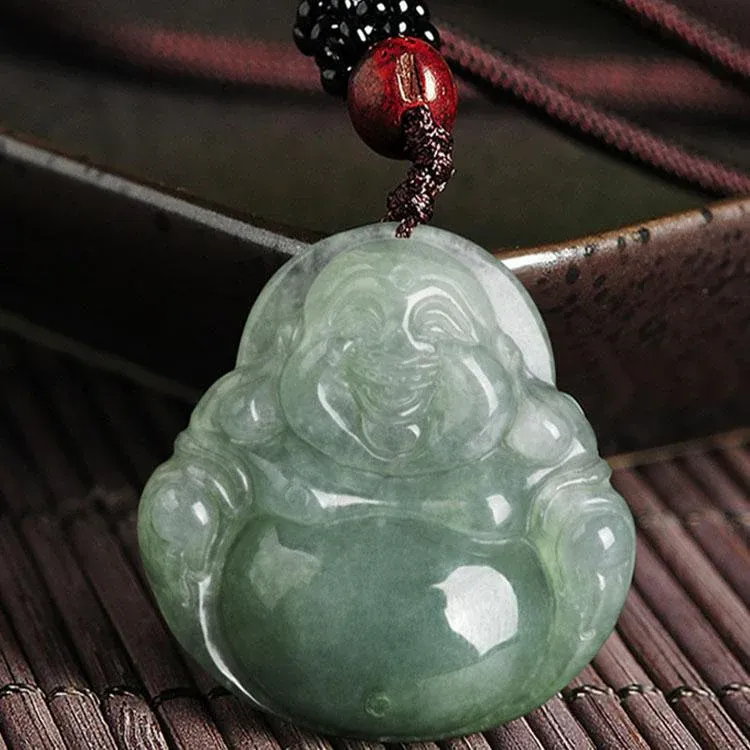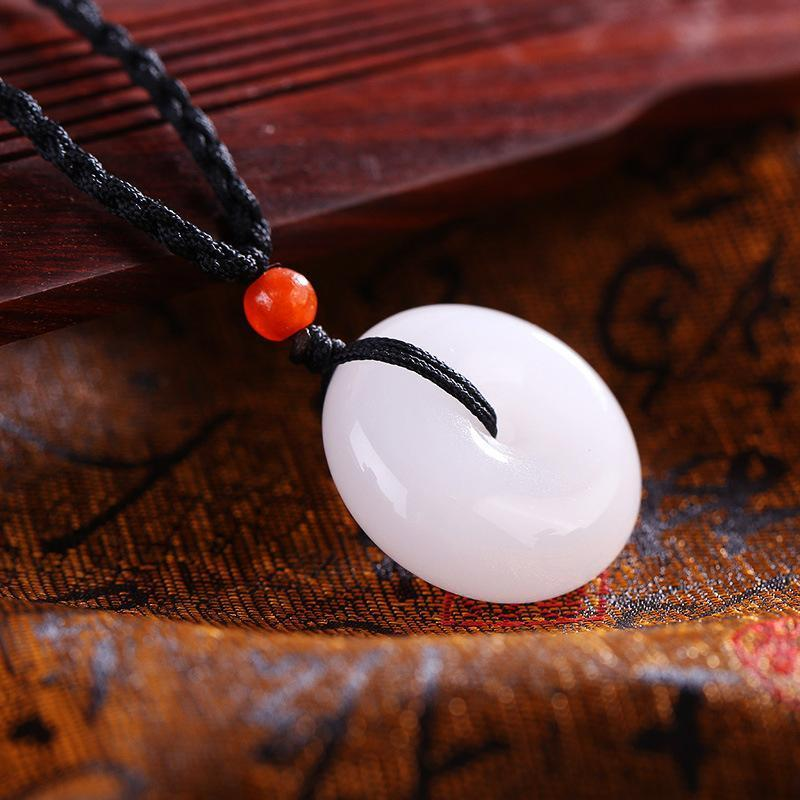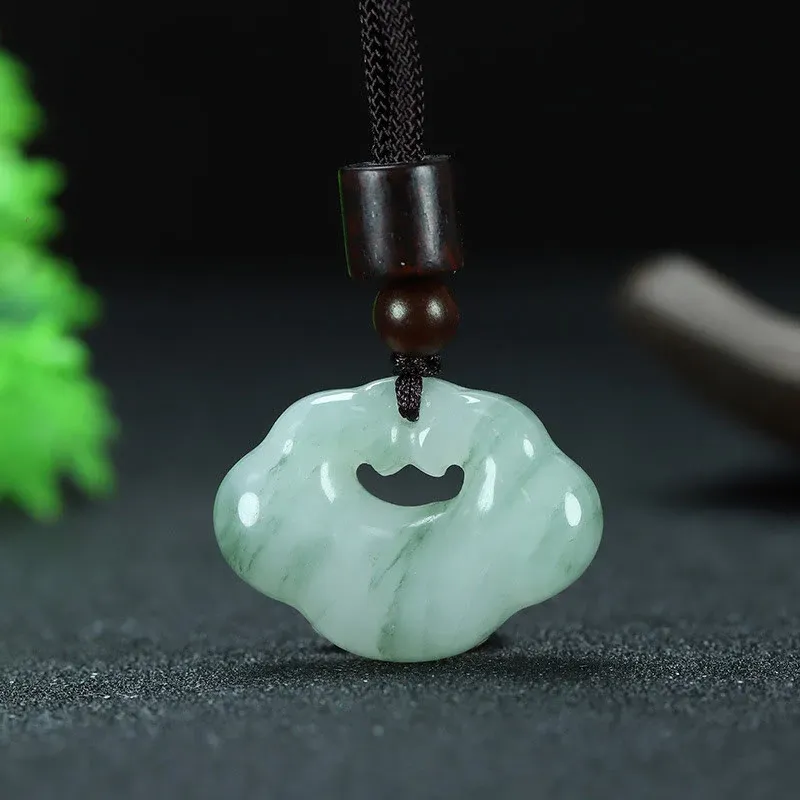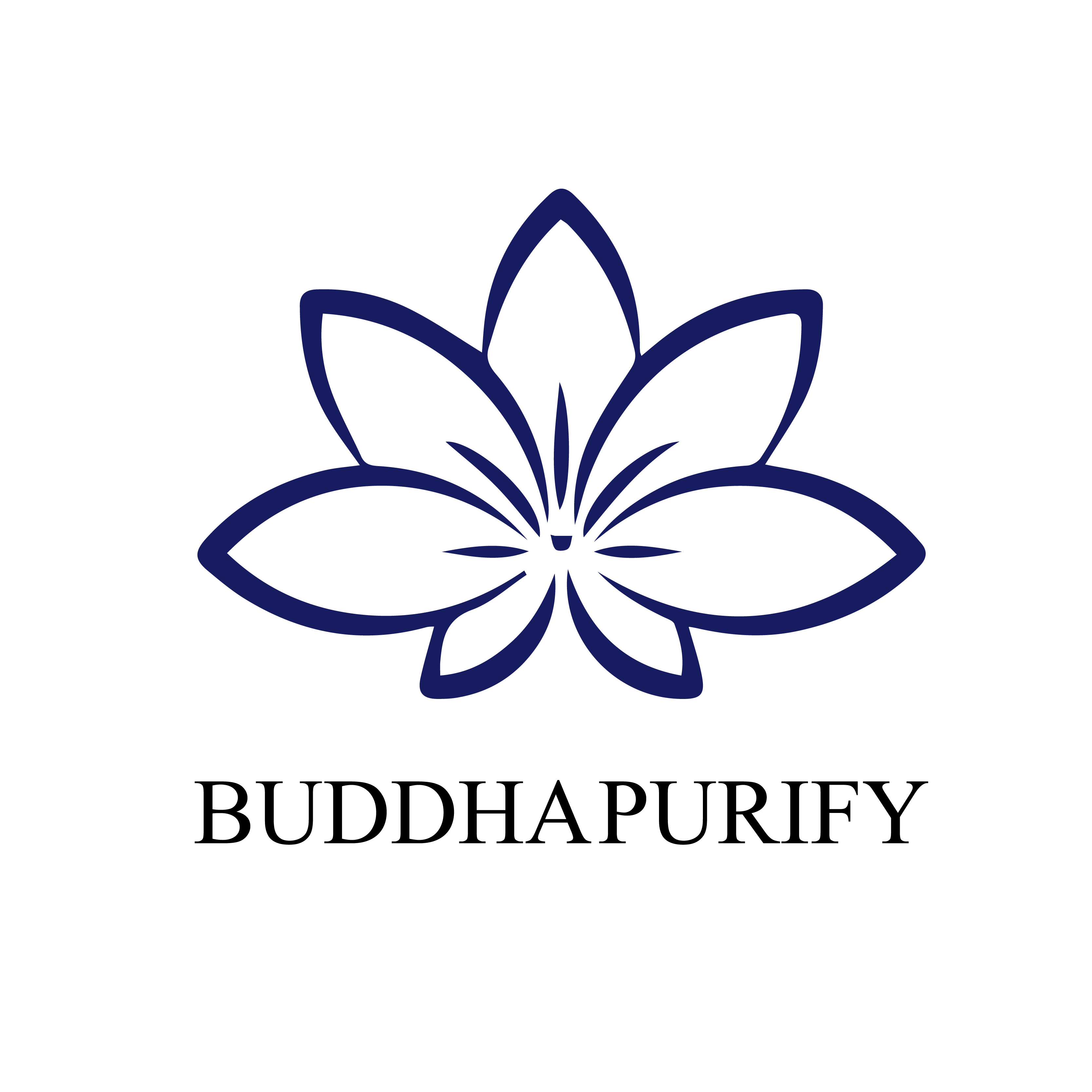Learn About 25 Types of Jade 1-5
Learn About 25 Types of Jade
Today, Let's Learn About the First Five Types of Jade
Jade has four standards:
- A certain hardness
- Beautiful color, either monochrome or multicolored
- Lustrous and smooth appearance
- Ranges from opaque to translucent (semi-transparent or transparent)
Generally speaking, jade has both a narrow and broad definition. Narrowly defined, jade includes two types: jadeite and nephrite. Jadeite mainly refers to Feicui, while nephrite is represented by Hetian jade. In a broader sense, jade not only includes nephrite and jadeite but also materials like Dushan jade, Xiuyu jade, and others like crystal, agate, turquoise, and lapis lazuli. In short, any lustrous stone that serves a purpose in our material, economic, or daily life can be classified as jade.
1. Jadeite
Jadeite, or hard jade, is primarily sourced from Myanmar, with Thailand, Japan, the United States, and China also having jadeite deposits. Approximately 90% of the world’s jadeite comes from Myanmar’s Myitkyina region. The various colors of jadeite come from different chromogenic ions within the stone. For instance, jadeite that contains chromium appears green and is referred to as “Cui,” while those with iron appear red, yellow, or brown, which is referred to as “Fei.” Jadeite has a hardness between 6.5 and 7, a density of 3.2 to 3.4, and a high toughness, second only to Hetian jade. It typically exhibits a glassy to greasy luster and can range from opaque to semi-transparent or even fully transparent. Jadeite colors can include green, red, blue, purple, white, yellow, black, and more. Quality is often evaluated based on its texture, transparency, and evenness of color.
For the general consumer, when purchasing jadeite, it’s essential to select pieces with good texture, a principle known as "inner quality over outer appearance." While some pieces may have average texture but exhibit uniform coloring, they are still worthy of consideration. For non-collectors, as long as the jadeite is natural and mostly free of cracks and impurities, it can bring joy, fashion, and individuality to the wearer.
2. Hetian Jade
(Hetian Seed Material, Grade 2 White with Yellow Skin and Stiff Skin “Jinchanshibang”)
Hetian jade, or nephrite, is the foremost of China’s four famous jades. It holds the top spot both in terms of quality and cultural significance. Hetian jade has a deep connection with Chinese culture, politics, economy, and art and has been used since the Shang Dynasty. The best quality nephrite comes from the Hetian region in Xinjiang, China. It has a hardness of 6 to 6.5, a density of 2.8 to 3.1, and the highest toughness among all jade stones, making it very resistant to damage. Its luster ranges from glassy to oily, and it can range from opaque to translucent. Hetian jade can be found in colors like white, green, yellow, black, and more, and is categorized into types such as White Jade, Green Jade, Jasper, Yellow Jade, Black Jade, and Sugar Jade.
Among them, Seed Jade is the most valuable, with true seed jade being scarce and priced by the gram. Authentic high-grade Hetian seed jade can fetch prices in the thousands per gram. When evaluating Hetian jade, factors such as whiteness, oiliness, texture, and craftsmanship should be considered.
3. Dushan Jade
Dushan jade is China’s second most famous jade, with a rich history that dates back to over 6,000 years, as seen from artifacts unearthed in the tomb of Lady Fu Hao of the Yin Dynasty. It is primarily found in Dushan, Nanyang, Henan Province. Internationally, China is the only country with jade deposits meeting industrial standards, and Dushan jade remains a key material for jade carving.
Dushan jade has a hardness of 6 to 6.5 and a density of 2.7 to 3.1, with a glassy or oily luster. It often displays a variety of colors within the same piece, which is one of its key characteristics.
4. Xiuyu Jade
Xiuyu jade is also one of China’s four famous jades, primarily found in Xiuyan County, Liaoning Province. Xiuyu has a softer and more brittle texture compared to other jades, which affects its price. Despite being beautiful, with vibrant colors and a lustrous surface, Xiuyu jade is relatively inexpensive. Xiuyu jade primarily consists of serpentine, with a hardness ranging from 2.5 to 5.5, and it can be opaque, semi-transparent, or fully transparent.
The most desirable Xiuyu jade is a green or yellowish-green, with a delicate texture and minimal impurities. Due to its abundant supply, Xiuyu jade is often imitated by glass or stone powder, but these are easily identifiable by their lack of luster and texture.
5. Turquoise
Turquoise, also known as "Turkish jade," despite not being sourced from Turkey, was originally brought to Europe from ancient Persia via Turkey. Turquoise has been used since the Neolithic era in China, with artifacts such as fish-shaped turquoise ornaments found at the Yangshao culture site of Dahuazhuang in Zhengzhou. Turquoise has traditionally been seen as a symbol of good fortune, with only the emperor and empress permitted to wear it during the Qing Dynasty.
Turquoise is primarily found in Hubei, China, and it is also produced in Xinjiang, Iran, Egypt, the U.S., and other countries. Its hardness is 5.5 to 6, with a density of 2.4 to 2.9, and it exhibits a glassy or oily luster. Turquoise is usually blue or green with irregular white or black streaks. Its unique appearance makes it relatively easy to identify.
Brand Introduction: BuddhaPurify
BuddhaPurify is a brand deeply rooted in the rich heritage of Chinese traditional culture and Buddhist practices. Our mission is to offer a unique blend of ancient wisdom and modern elegance through our products, which are designed to enhance spiritual well-being, personal growth, and holistic health.
Foundation and Philosophy
Inspired by the timeless teachings of Buddhism and the profound traditions of Chinese culture, BuddhaPurify is dedicated to providing products that reflect the serene and enlightened aspects of these ancient philosophies. Our brand is built on the principles of mindfulness, purity, and spiritual harmony, aiming to bring balance and tranquility to our customers' lives.
Cultural Enrichment
We believe in the power of cultural enrichment and strive to educate and inspire our customers through the stories and meanings behind our products. Our brand seeks to bridge the gap between traditional spiritual practices and contemporary life, offering products that resonate with both ancient wisdom and modern sensibilities.
Conclusion
BuddhaPurify is more than just a brand; it is a journey into the heart of Chinese traditional culture and Buddhist spirituality. Through our thoughtfully curated products, we aim to support your quest for inner peace, spiritual growth, and a balanced life. Explore our collection and experience the harmonious blend of tradition and tranquility that defines BuddhaPurify.





